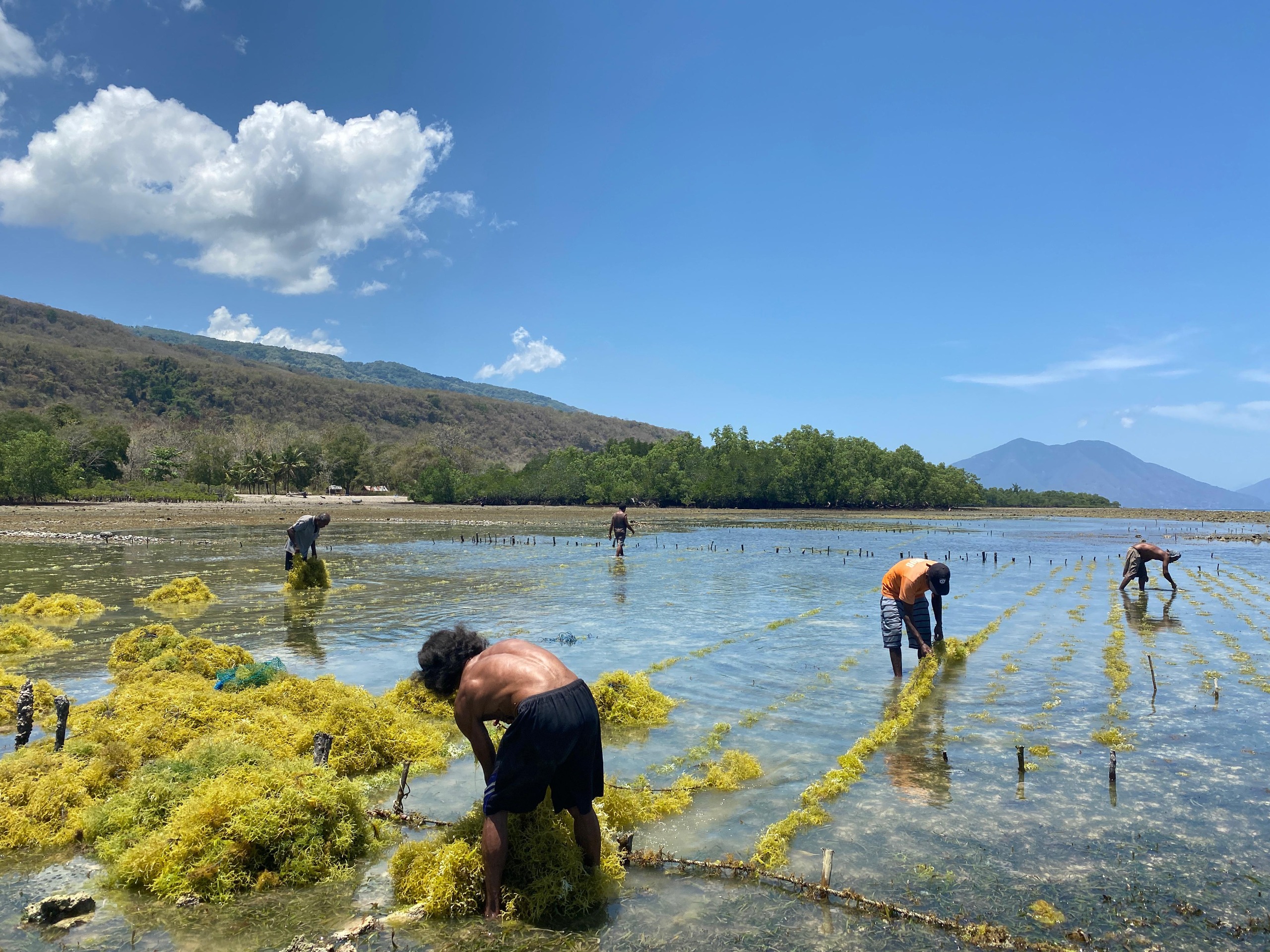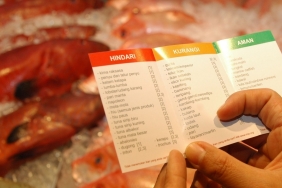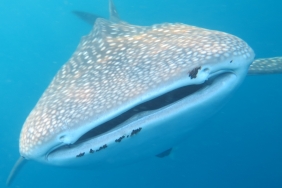LOOKING AT THE CARRYING CAPACITY OF ALOR WATERS FOR SEAWEED AQUACULTURE FOUNDATIONS
The Alor Islands Marine Park Conservation Area, which is included in the East Nusa Tenggara Province, is one of the marine conservation areas with high ecosystem potential. One sector that has become a source of livelihood for the community in Alor Regency is seaweed farming. 1,162 fishery households make seaweed cultivation their source of livelihood (BPS Agricultural Census, 2023). Based on a study of seaweed production in Alor Regency conducted by WWF-Indonesia, dry seaweed production in the region reached 1,177 tons in 2022. With a calculated selling price of around Rp14,000/kg, the value of seaweed production in Alor Regency will reach at least Rp16.5 billion by 2022, demonstrating its important role in the local economy.
To ensure seaweed aquaculture production is sustainable, an understanding of the carrying capacity of waters is essential. Carrying capacity reflects the capacity of an area to support utilization. It provides the basis for strategic planning for stakeholders so that seaweed production is in line with the carrying capacity of the waters, which is an important aspect of conservation area sustainability.
To improve stakeholders' understanding of the carrying capacity of utilization in marine protected areas, WWF Indonesia Foundation held a Workshop and Socialization of Kepdirjen PRL No. 55 Year 2023. This activity also included the Dissemination of the Results of the Aquaculture Support Capacity Study, which took place on December 12, 2024, in Kalabahi, Alor Regency. The training was attended by 16 participants from various agencies, including the Alor Regency Marine Fisheries Service, UPTD of the Alor Islands Aquatic Park, Bappelitbang of Alor Regency, Tribuana University Kalabahi, and the Nautika Foundation.
Assistant II of the Alor Regional Secretariat, Dominggus Asadama, expressed his appreciation for WWF-Indonesia's role in supporting the sustainability of marine resources in Alor Regency. "The presence of WWF-Indonesia in Alor Regency provides many benefits and support, especially in the long-term conservation efforts of Alor's water areas. In addition, the assistance provided helps the community in ensuring the use of environmentally friendly fishing gear and seaweed cultivation practices that do not damage the ecosystem," he said.
The material delivery session was started by Leny Dwihastuty, S.Pi., M.Si., from KKP (via Zoom), who gave an introduction related to the Decree of the Director General of PRL No. 55 of 2023, which included the achievements of conservation areas, Marine Protected Area targets, and the concept of carrying capacity. This was followed by Hotmariyah from BKKPN Kupang Wilker Gili Matra, who shared her experience of implementing Kepdirjen PRL 55/2023 in KKPN Gili Matra, particularly related to the carrying capacity of diving and seaweed cultivation.
Material presentation was also conducted by WWF-Indonesia representatives, Annisa S. Aulia, who explained the steps of calculating the carrying capacity of seaweed cultivation, and Amriana, who presented the results of the analysis of the carrying capacity of waters in several villages in Alor. The session was closed with material related to the calculation of the area of suitability using Surfer and QGIS software, delivered by Taufik Abdillah. Furthermore, participants followed the simulation practice of calculating the utilization carrying capacity to deepen their understanding. The workshop combined presentation methods, discussions, simulations, and case study exercises so that participants not only understand the theory but are also able to apply the material they have learned.
To measure participants' understanding of carrying capacity and its calculation, a pre and post-test was conducted, the results of which showed an average increase in participants' scores by 31%. Analysis of individual understanding revealed that 15% of participants had low, 77% medium, and 8% high understanding in analyzing the carrying capacity of aquaculture.
Participants showed an increased understanding of the material on analyzing the carrying capacity of cultivation, steps to determine site suitability, productivity analysis, and basic concepts of mapping. Participants still need further understanding of area management steps based on the results of the carrying capacity analysis.
Hopefully, this activity can increase the capacity of area managers in managing the Alor Islands Marine Park Conservation Area, especially in terms of the carrying capacity of utilization activities in conservation areas. In the future, the carrying capacity assessment document is also expected to be integrated into the Alor Regency Conservation Area Management Plan (RP) document.





